The aroma of freshly baked vasilopita fills Greek households every January, carrying with it centuries of tradition, superstition, and communal joy. This golden-hued New Year's bread, often flavored with orange zest and mastiha resin, hides a tiny coin within its fluffy crumb – a humble yet powerful symbol of prosperity for the coming year. The ritual of cutting the vasilopita at midnight or during New Year's Day gatherings transforms an ordinary loaf into a sacred vessel of hope, where every slice carries the potential to change one's fortune.
Rooted in legends of Byzantine bishops and Ottoman-era ingenuity, the vasilopita tradition intertwines with Greece's complex history. One popular tale credits Saint Basil the Great with originating the custom during his 4th-century bishopric in Caesarea. Facing a dilemma about redistributing gold coins to townspeople without causing conflict, the saint allegedly baked the coins into bread, letting divine providence determine the recipients. Historical records from the Ottoman period reveal how Greek families would secretly bake coins into bread to avoid taxation, disguising wealth redistribution as simple holiday baking. These stories, whether apocryphal or factual, reveal how the coin ritual served as both spiritual practice and social equalizer.
The preparation of vasilopita follows meticulous rituals that vary slightly between regions but maintain core symbolic elements. Bakers typically use enriched dough with butter, milk, and eggs – ingredients historically associated with celebratory foods. The coin, traditionally a gold florin but now often a silver euro coin, undergoes thorough cleaning before being wrapped in foil and inserted into the raw dough. In some islands, the bread takes elaborate shapes like wreaths or crosses, while mainland versions often appear as simple round loaves. What remains universal is the marking on the crust – a cross dividing the surface into four sections representing the seasons, with the year inscribed at the center like a culinary timestamp.
When the moment arrives to cut the vasilopita, the room falls into anticipatory silence. The head of household makes the sign of the cross over the bread with the knife, then begins slicing in a strict ceremonial order. The first portion honors Christ, the second the Virgin Mary, followed by slices for the household, livestock, and finally each family member from eldest to youngest. This hierarchy reflects the Greek Orthodox worldview where spiritual protection precedes material concerns. The tension breaks when someone's teeth clink against metal, sparking cheers and playful accusations of cheating as the lucky recipient wipes flour from their grinning face.
Beyond its festive surface, the vasilopita coin operates as a social equalizer in Greek communities. In village squares, cafes, and corporate offices alike, the same ritual plays out – shipping magnates and fishermen alike await their slice with equal anticipation. The randomness of the coin's placement reinforces the Greek concept of "moira" (fate), suggesting that prosperity comes not just through hard work but divine dispensation. This cultural mindset explains why even staunch atheists participate in the ritual – the coin's magic transcends religious dogma to touch something deeper in the Greek psyche.
The choice of coin often sparks debate among traditionalists. Older generations insist on using an actual valuable coin rather than tokens, arguing that finding a euro carries more weight than discovering a decorative charm. Some families use heirloom coins passed through generations, their surfaces worn smooth by decades of baking. In recent years, bakers have reported creative adaptations – cryptocurrency enthusiasts embedding USB wallets, or environmentalists using seed paper that sprouts herbs when planted. These modern twists maintain the ritual's essence while reflecting contemporary values.
Anthropologists note fascinating regional variations in how the coin's discovery is interpreted. In Crete, the lucky recipient must keep the coin in their wallet all year as a prosperity talisman, while Macedonians believe it should be placed under the home's foundation stone. Islanders might toss the coin into the sea as an offering, whereas urban Athenians often frame it as a decorative keepsake. These differences reveal how a single tradition mutates across Greece's diverse cultural landscape, yet always maintains its core function as a bridge between material and spiritual realms.
The vasilopita ritual extends beyond Greek borders through the diaspora, often gaining new layers of meaning in foreign contexts. In Melbourne's Greek neighborhoods, the bread might incorporate native wattleseed alongside traditional flavors. Chicago families sometimes substitute the coin with a dime in homage to their American surroundings. What begins as cultural preservation gradually becomes cultural fusion – the coin serving as edible archaeology that connects generations to a homeland many have never seen. Second-generation immigrants often describe the vasilopita moment as their most vivid connection to Greek identity.
Commercialization has inevitably touched the tradition, with bakeries offering pre-made vasilopita complete with plastic "coins" for safety-conscious consumers. Purists decry these sanitized versions as losing the ritual's essence, while busy families appreciate the convenience. A middle ground has emerged in artisanal bakeries that use food-grade silver coins and organic ingredients, catering to modern tastes while honoring tradition. This tension between preservation and adaptation mirrors Greece's own struggle to maintain cultural identity amidst globalization.
The vasilopita coin's magic ultimately lies in its ability to compress complex human desires into a simple metallic token. In that moment when the knife slices through the crust, social hierarchies pause, generations unite, and for a brief shining instant, everyone believes this year might truly be different. The coin becomes more than currency – it transforms into a physical manifestation of hope, a tiny circle of possibility baked into the bread of daily life. As Greeks worldwide gather for this annual ritual, they reaffirm an ancient truth: that prosperity tastes sweetest when shared, and that sometimes, the most valuable treasures come dusted with flour.
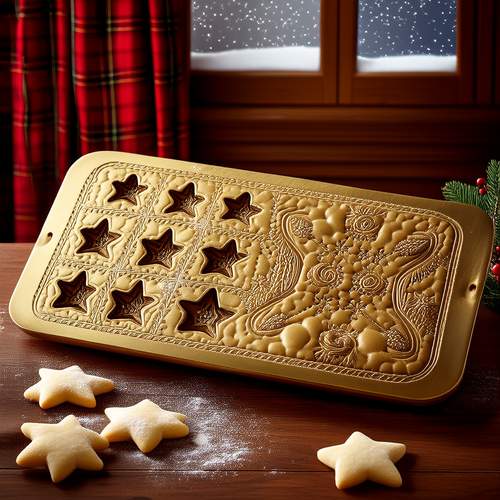
By /May 26, 2025

By /May 26, 2025
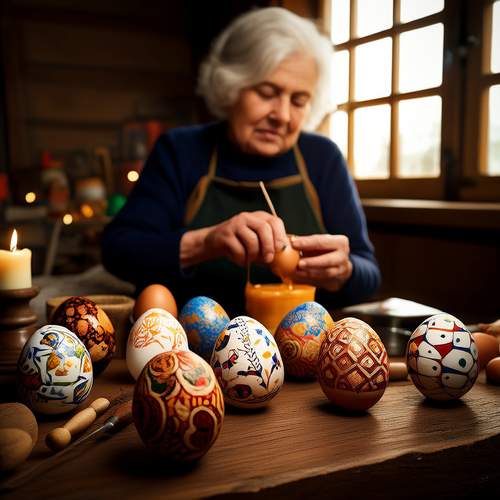
By /May 26, 2025

By /May 26, 2025
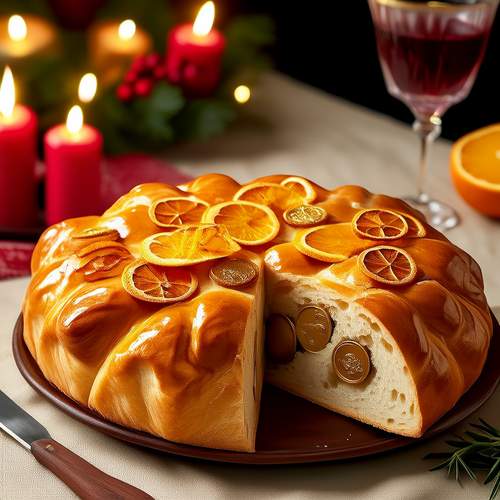
By /May 26, 2025
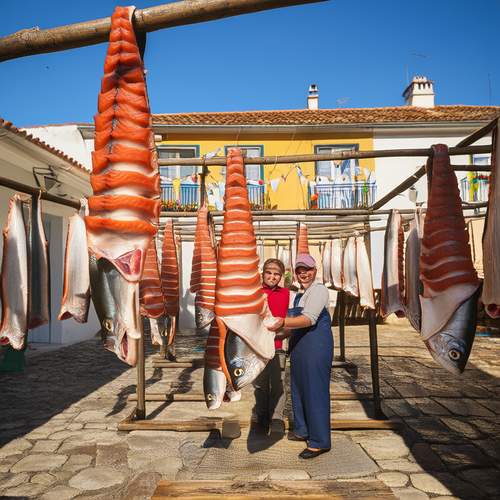
By /May 26, 2025
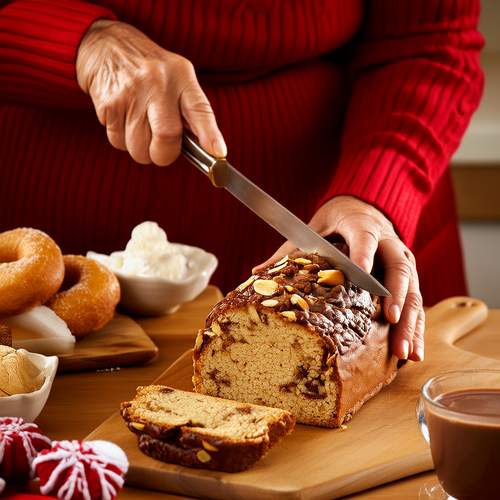
By /May 26, 2025
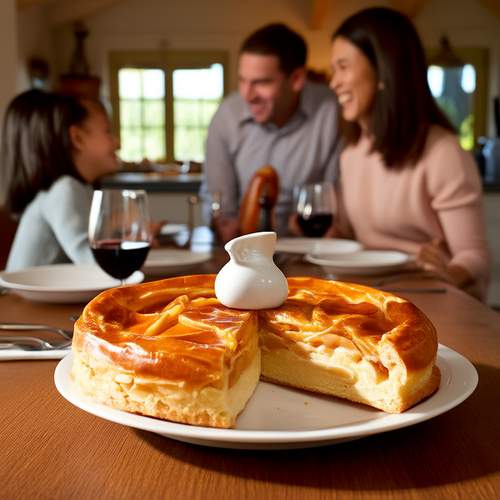
By /May 26, 2025
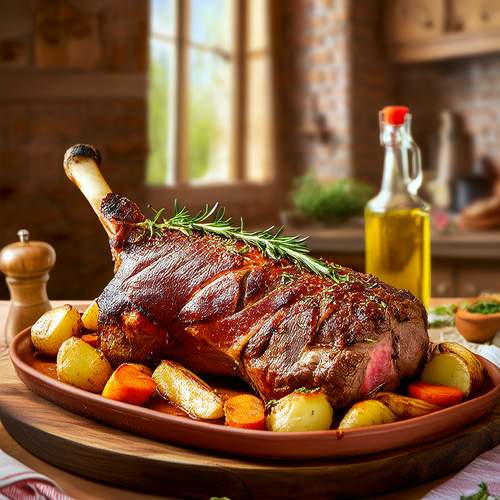
By /May 26, 2025
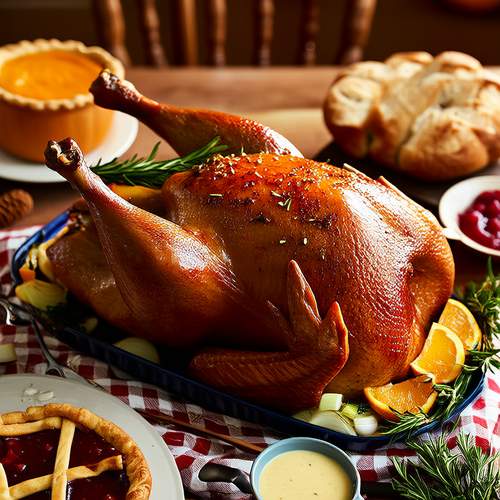
By /May 26, 2025
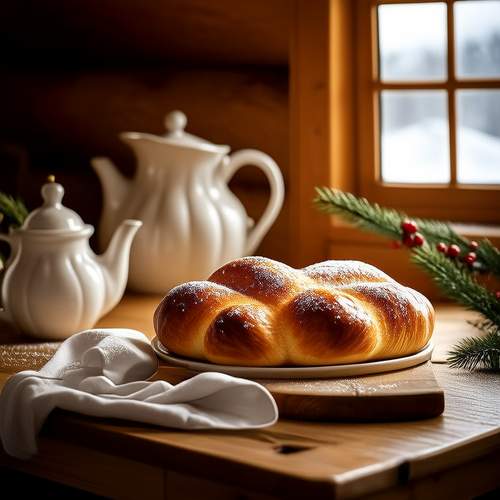
By /May 26, 2025
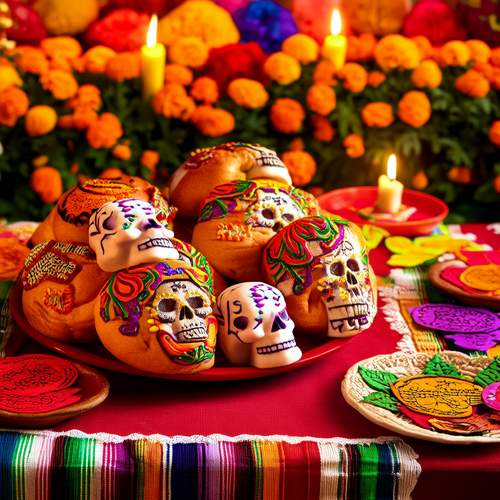
By /May 26, 2025
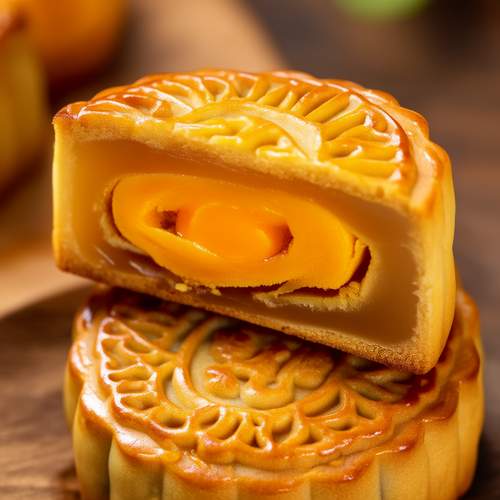
By /May 26, 2025

By /May 26, 2025

By /May 26, 2025
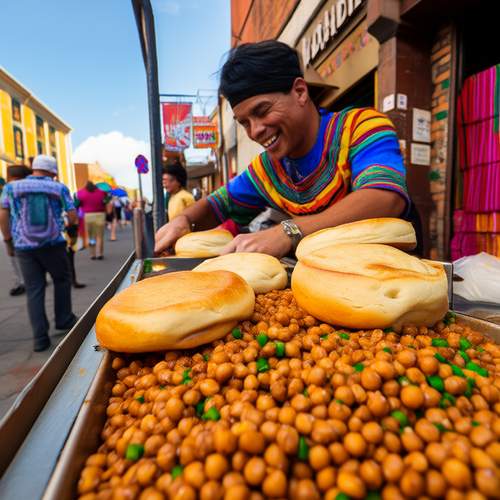
By /May 26, 2025
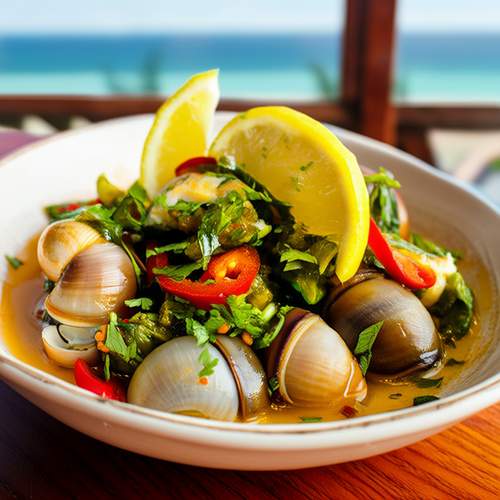
By /May 26, 2025

By /May 26, 2025
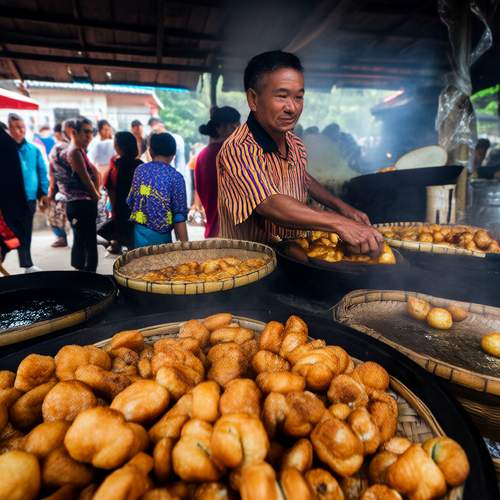
By /May 26, 2025

By /May 26, 2025